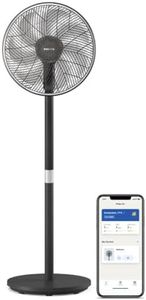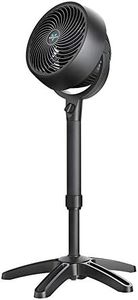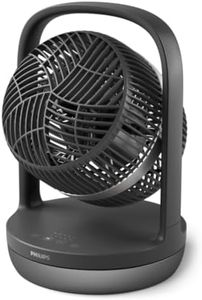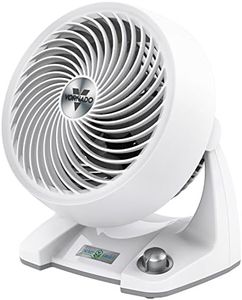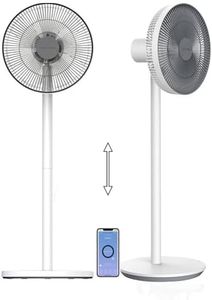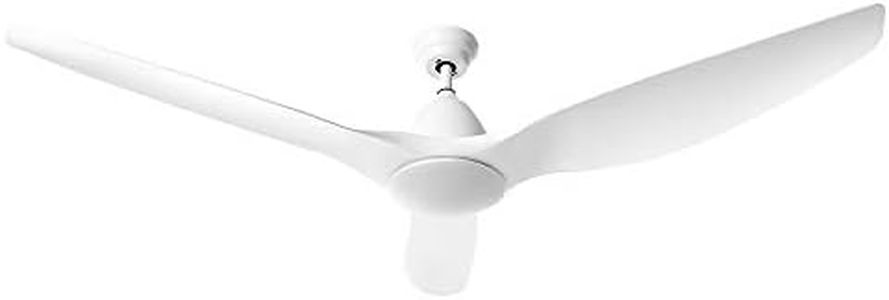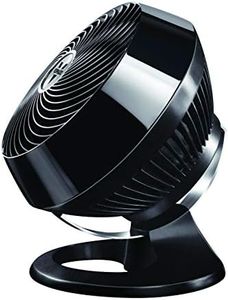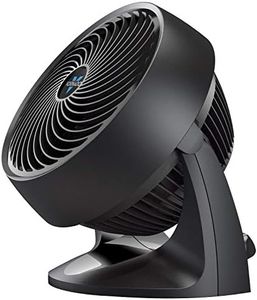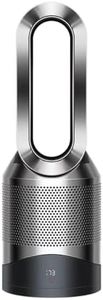We Use CookiesWe use cookies to enhance the security, performance,
functionality and for analytical and promotional activities. By continuing to browse this site you
are agreeing to our privacy policy
10 Best Cooling Fans
From leading brands and best sellers available on the web.By clicking on a link to a third party's website, log data is shared with that third party.
Buying Guide for the Best Cooling Fans
When choosing a cooling fan, the goal is to find a device that effectively circulates air to keep your space comfortable. There are various types of fans available, from compact desk fans to larger pedestal or tower models, and each is suited to different needs and room sizes. Before buying, consider where you’ll use the fan, how much space you have, and any specific features that might make your experience better, like noise levels or airflow modes. By understanding the main features and how they relate to your personal needs, you can make an informed choice and enjoy a more pleasant environment.Fan TypeFan type refers to the design and function of the fan, such as box, pedestal, desk, tower, or window fans. This matters because different fan types suit different spaces and needs. For example, desk fans are small and ideal for personal cooling at close range, while pedestal fans have adjustable heights and can serve larger areas. Tower fans are slim and fit in tight corners, and box fans move a lot of air but take up more space. Window fans can help circulate air in and out and are great for ventilation. Think about where you plan to use the fan, how much space you have, and whether portability is important, and match the fan type accordingly.
Airflow (CFM)CFM stands for cubic feet per minute and measures how much air the fan moves. The higher the CFM, the more powerful the airflow. This is crucial for determining how well a fan can cool a room or personal space. For small rooms or personal use, a lower CFM is usually fine, while larger spaces or gatherings need a higher CFM for effective cooling. If you just need a gentle breeze for yourself or a small space, smaller CFM is fine, but choose a fan with a higher CFM if you want to cool a bigger room or need to move a lot of air quickly.
Noise LevelNoise level describes how loud the fan is when running, usually measured in decibels (dB). This matters especially for bedrooms, offices, or situations where quiet is important. Lower dB ratings mean quieter operation. Some people are sensitive to noise and prefer a near-silent fan, especially for sleeping or working. If quiet is your priority, seek models that specifically mention silent or whisper-quiet operation and check their dB level—under 50 dB is generally considered quiet.
Oscillation and TiltOscillation is the fan’s ability to move side-to-side, spreading air over a wider area. Tilt means the fan can angle up or down for better directional airflow. These features are important if you want to cool more than just a specific spot or adjust the airflow without moving the entire fan. For shared or larger rooms, oscillating fans help distribute air evenly, while tilt adjustment lets you direct air exactly where it's needed. If your cooling needs are concentrated, a stationary fan may be sufficient, but oscillation and tilt add flexibility for varied situations.
Speed SettingsSpeed settings refer to the number of airflow options the fan provides, often low, medium, and high. More settings give you greater control over comfort and noise. If you like to fine-tune your cooling or want different levels for different times (like a gentle breeze at night and strong airflow during the day), look for fans with multiple speed options. For simple, straightforward use, fewer settings might be all you need.
Size and PortabilitySize indicates the physical dimensions of the fan, and portability refers to how easy it is to move. Size is important for making sure the fan fits where you want it, while portability helps if you move the fan from room to room. Compact fans work best for desks or small spaces, while larger fans are suitable for bigger rooms. If you’re likely to move the fan around, consider one with a handle or lightweight design.
Additional FeaturesSome fans come with extra features like remote control, timers, air filters, or smart connectivity. These features can add convenience or extra functionality. For example, a remote control allows you to adjust settings from across the room, while a timer can help save energy. If you value ease of use or want extra functions (like filtering dust), look for fans that offer these features, but keep your focus on features you’ll actually use in everyday life.



